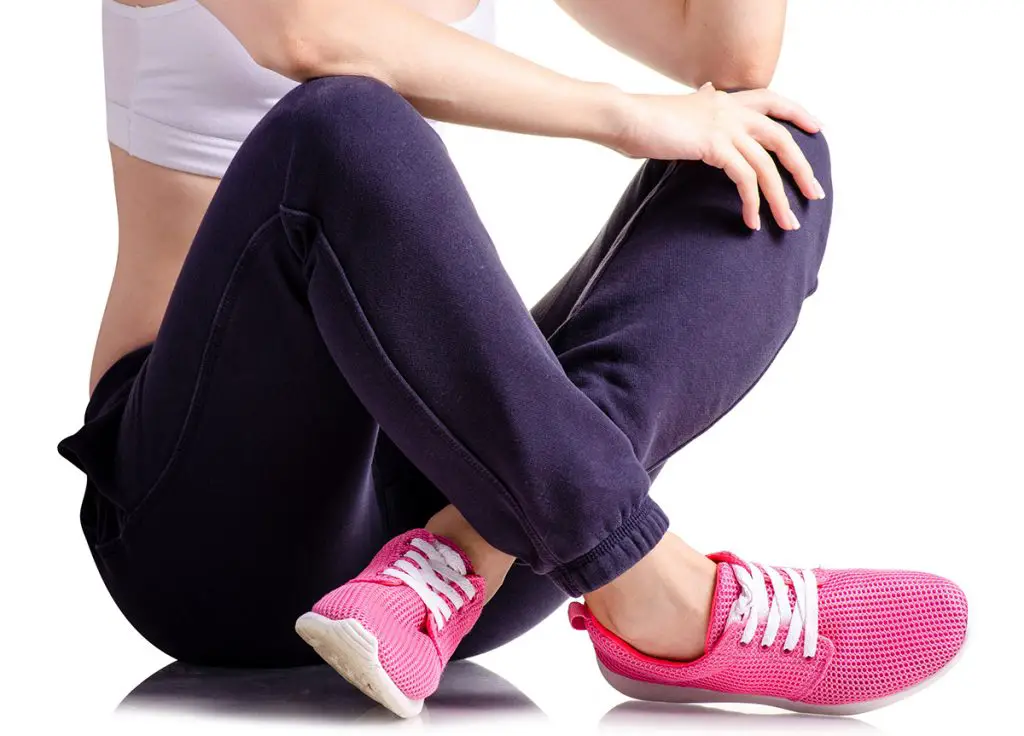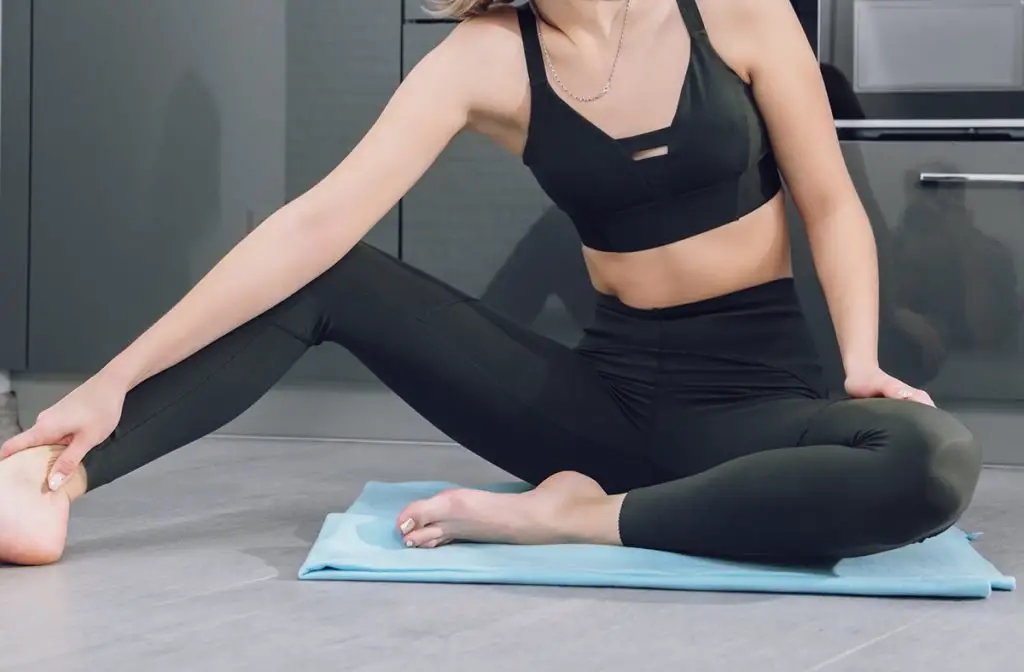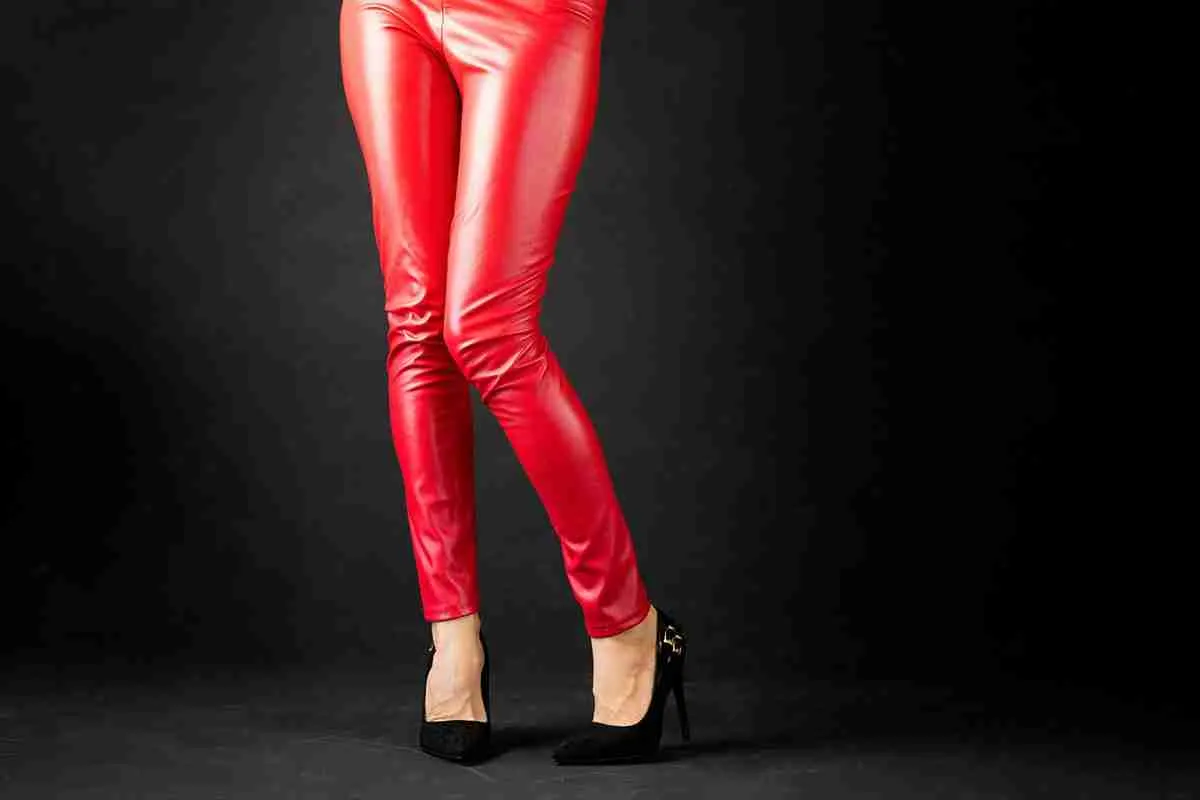Leggings are a staple in women’s wardrobes. They’re comfortable, highly versatile, and match a wide variety of clothes, allowing you to wear them in almost any setting. So this begs the question: who shouldn’t wear leggings?
People with health concerns such as skin irritation and circulation problems should not wear leggings. The same is true for those going to events with certain dress codes prohibiting tight outfits.
The succeeding sections elaborate on who shouldn’t wear leggings, what to consider when wearing leggings for different environments, and some safety concerns you may not have previously thought about. Keep reading.
Leggings May Not Be Suitable for Everyone
Leggings are versatile. You can wear leggings to different settings and times of the year. Many people have found ways to match leggings with their favorite outfits, allowing them to wear these body-hugging clothing in any style.
Unfortunately, not everyone is a fan of leggings.
Some people hate leggings, calling them a fashion disaster. These are the people who shouldn’t wear leggings.
People who have skin irritation and circulation issues shouldn’t wear leggings, either. Sure, there are breathable leggings out there—made of natural fabric—but if you’re allergic to certain fabrics, like spandex, the material can irritate your skin.
Leggings are generally tight. Some people avoid leggings because they worry that the tightness can cause hyperpigmentation on their skins. Those who are already struggling with this problem should consider avoiding leggings, especially if they’re in the process of treating the issue.
If you’re sensitive to the cold, you may find leggings uncomfortable to wear, especially in the cold season. People with chronic cold intolerance should not wear leggings. Even after layering, the leggings might not be warm enough.
Lastly, people who are ill and have very little capacity to dress themselves up shouldn’t wear leggings. Leggings are tight, and they’re not easier to wear than loose pants or dresses.
What Can I Wear Instead of Leggings?
You can wear wide-leg pants or joggers if you find leggings unsuitable for your needs. Alternatively, you can find loose leggings. These leggings are not as tight as typical leggings.

Loose leggings have a looser fit around the knees and ankle. You can often see them worn in India. Some people say that these leggings are between leggings and slim pants.
Yoga pants are also great for those who want to flaunt their curves without needing to wear tight leggings. Check out the Safort Yoga Pants. They’re stylish and made of durable materials like polyester and spandex. These pants feature four pockets, two at the front and two at the back of the pants.
Factors To Consider When Wearing Leggings
The popularity of leggings stems from their versatility and hence, the control it gives you.
Suppose you don’t have any trouble wearing leggings. You may consider wearing one that suits your body shape, size, and style. However, this doesn’t mean that you can just put one on and expect it to work perfectly every time.
Here are some of the things to consider when you feel like wearing leggings.
Consider the Type of Activity You’ll Be Doing
You can wear leggings in virtually any activity, from weekend brunches to workplaces and even church! The form-fitting feature of leggings makes them easy to dress up or down and layer with other clothing. It’s not only in the gym that you can see women wearing their leggings.
For instance, you can pair your leggings with a long tee, a hoodie, or a sweatshirt, and you have an instant casual “athleisure” look that has been the trend these days.
On colder days, you can switch your sweatshirt with a puffer vest and put on your chunky boots to keep warm. This outfit is perfect for running errands during cool weather and comfy enough for you to hang out with your friends on a cold, lazy day.
To look a bit more formal for a workplace setting or other social gathering, say a church service, you can pair your leggings with a long buttoned shirt or even a blazer.
Just make sure that the length of your top is enough to cover your butt. You don’t want your coworkers complaining to human resources about your outfit or be the subject of angry rants from your more conservative peers at church.
While there may not be strict dress in some of these places, it’s best to get a feel of your surroundings first to avoid unnecessary hassles and adjust accordingly as you see fit.
Be Mindful of the Dress Codes
If the place you’re going to or the activity you want to do has specific dress codes, consider dressing up your leggings.
While workplaces, in general, have shifted away from rigid rules on formal business attire, many companies still insist on guidelines on appropriate work attire for employees. Companies do this to avoid unproductive conflicts between employees arising from varying clothing standards.
Some churches also prescribe more traditional dress codes. So if you’re unsure about wearing leggings to a church service, ask your pastor if there are specific dress codes you need to follow.
Remember, when it comes to workplace or church dress codes, the rule of thumb is to avoid wearing anything overly revealing or too tight. As such, you can follow the same suggestions in the previous example, such as wearing a long button-down shirt or blazer that covers your butt.
Don’t worry, as repeatedly stated here, leggings are ultra-versatile, so I’m sure you’ll find your way to wear them still anyway.
Assess if Your Leggings Are Suitable for the Outside Temperature
The last thing to consider is the temperature outside, specifically when it’s cold. Of course, wearing leggings on their own with only a crop top during winter won’t give any refuge from the cold.
Luckily, leggings also go well with jackets, long trench coats, and thick puffer coats to give you that stylish and cozy winter outfit.
What You Should Remember When Wearing Leggings
Bear in mind that while leggings give you comfort, there are still some health factors to be mindful of if you plan to wear them regularly.
Leggings May Cause or Worsen Skin Irritation
Like with all tight clothing, leggings can also aggravate existing sensitive skin conditions.

The friction that arises from contact between your skin and fabric can cause irritation and cracks on your skin, leading to inflammation.
If you have certain skin conditions such as psoriasis and eczema, remember that tight skin contact with synthetic fibers can exacerbate irritation. If you have these sensitive skin issues, you should opt for leggings made from natural fibers such as cotton and are tagged as hypoallergenic.
Tight Pants May Cause Temporary Circulation Issues
If you’ve tried wearing your leggings for an entire day, you may have noticed your legs getting numb at some point and sometimes with that annoying tingly sensation. This condition is medically called meralgia paresthetica. We colloquially call the condition the “tight pants syndrome.”
The numb sensation on your leg arises from the prolonged constriction of nerves in your legs. Leggings, being the tight second-skin fabric, can also give you this condition.
However, don’t worry too much, as meralgia paresthetica is only temporary and can be solved by letting your legs breathe.
This means you can still wear your leggings all day to exercise, run errands, and work. Just remember to take them off at the end of the day to avoid complications. You can also try to buy a looser pair of leggings if you wish.
Conclusion
Just almost anyone can wear leggings. However, there are still some things to consider when wearing them. Knowing the type of activity, dress code, and the outside temperature is critical in deciding the kind of clothing to pair with your leggings.
There are also some health factors that you need to account for when wearing them. Sensitive skin conditions such as psoriasis and eczema call for hypoallergenic leggings to avoid skin irritation. Lastly, if you tend to wear your leggings the entire day, it would be best to let your legs breathe from time to time to prevent circulatory problems.
What To Read Next:






